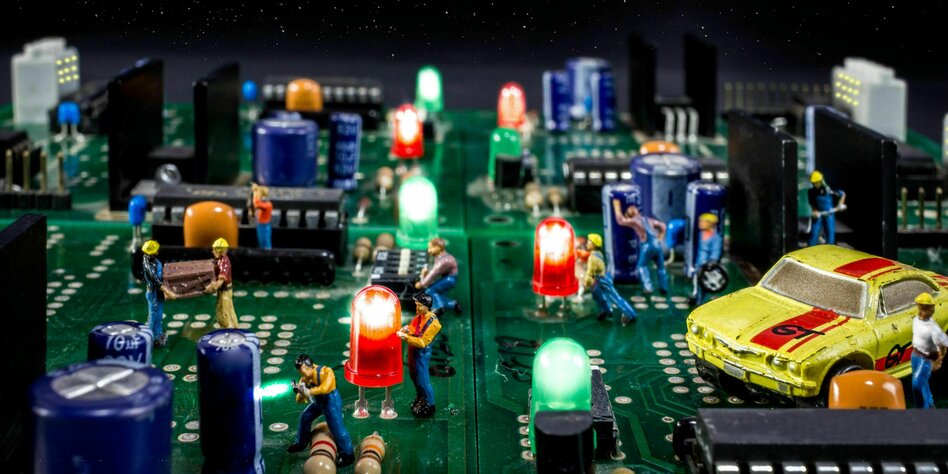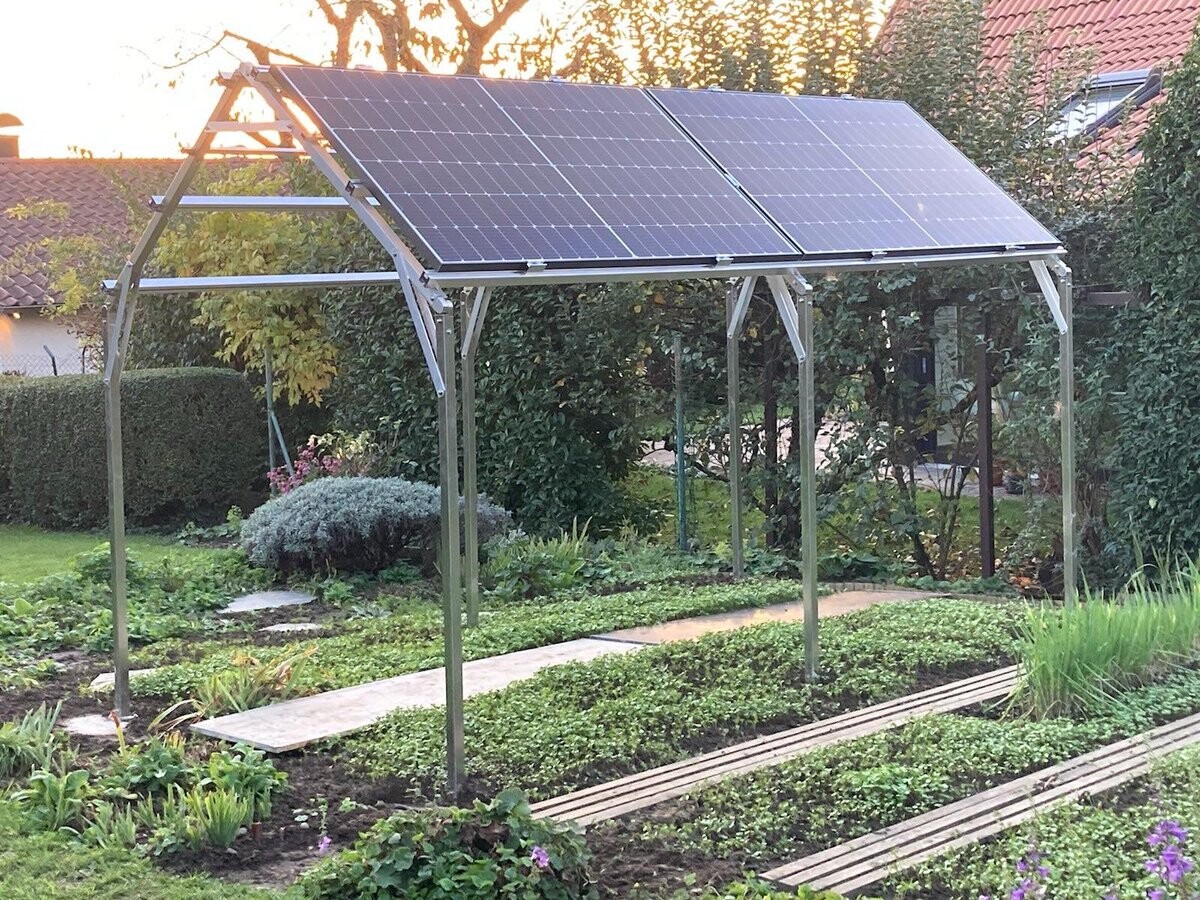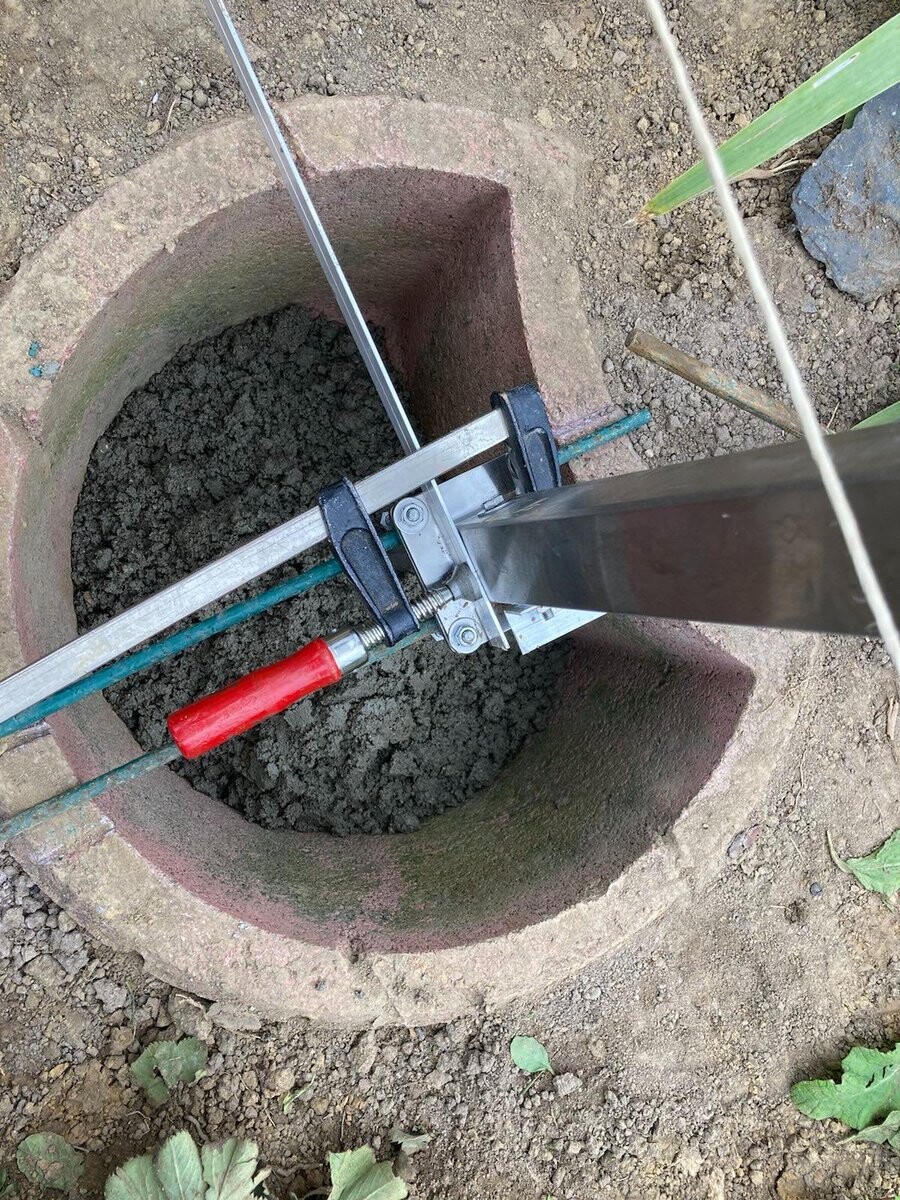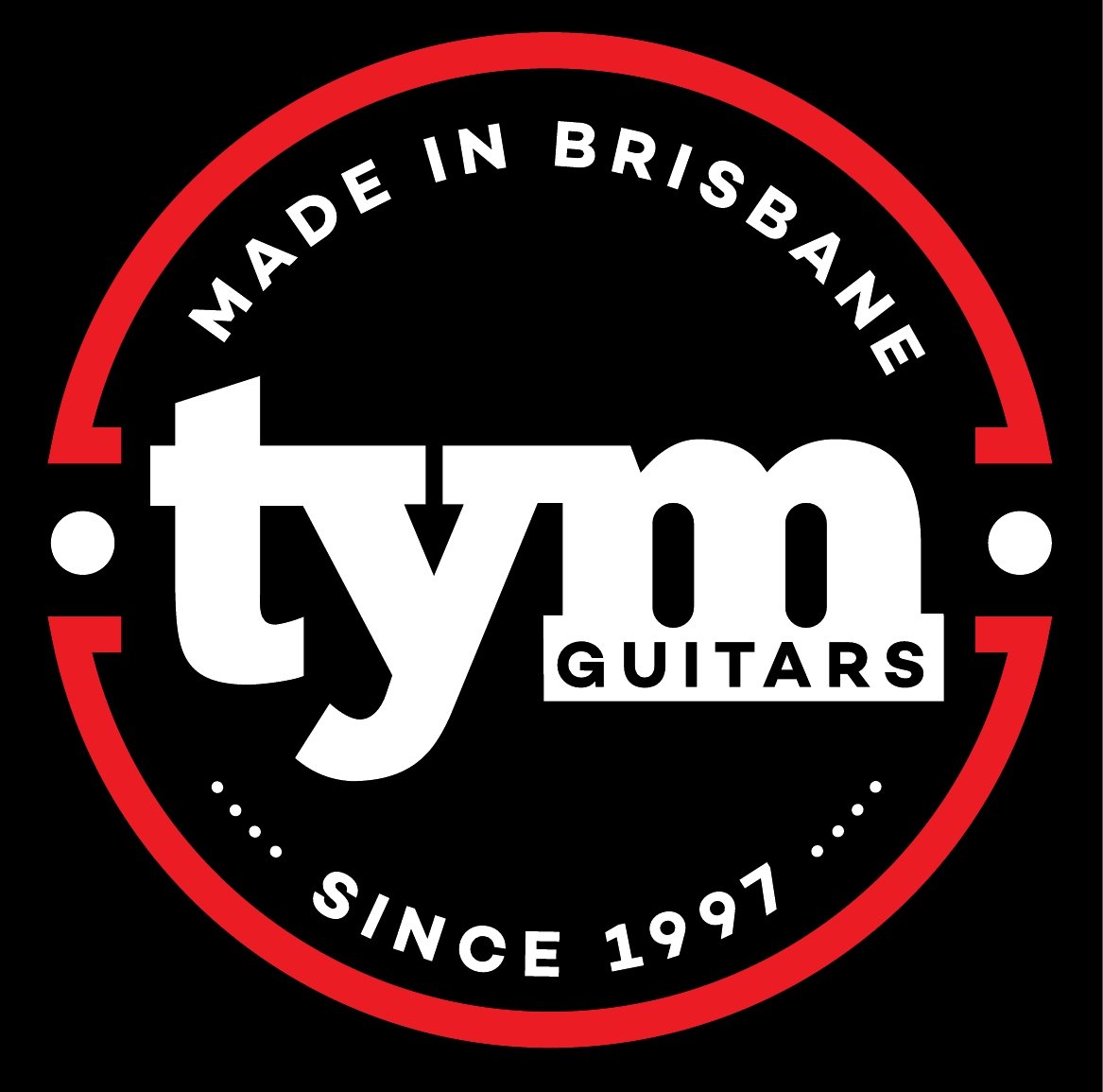Making Communities Making Community - latest draft
“A self-regulating market, Polanyi wrote, turns human beings and the natural environment into commodities, a situation that ensures the destruction of both society and the natural environment. The free market’s assumption that nature and human beings are objects whose worth is determined by the market allows each to be exploited for profit until exhaustion or collapse.”
If we predict that we will soon be facing the catastrophic collapse of civilization (a reasonable scenario) - what do we want to preserve, if we can? Or, alternately assuming there is not a wholesale catastrophic collapse of civilization, how can we make real those things now which we have identified above and then sustain our humanity into the future?
In this current day and age we suffer a crisis of socioeconomic alienation of the individual from our social (tribal) nature, as well as from the natural world. This is a cultural problem, at root. So, the solution will also have to be cultural. However, I think it goes without need of argument to assert that the number of people holding such an understanding, and the power they hold, is small. This means that our ability to catalyze and propagate a general cultural paradigm shift is close to nil. Yet the culture defining our society and our own person is just that which needs to be uprooted, rejected and rebuilt in favor of a better way of living – perhaps even just living. We can no longer afford the false distinction between social realism and idealism, insofar as we must make significant change take place now, even though, certainly, most people will intentionally continue to prefer being tied down by “practical” status quo concepts of what is possible. So, if we wish to preserve a “civilization” worthy of that term, we must preserve, integrate, and expand our social being, civic being, and nature-being, keeping in mind that “being” is not separate from doing, even as we reject those who will claim this is not possible. We must always keep in mind that there is no magic, are no shortcuts, only the doing.
First we must assume that we cannot be held captive by the internalized messages of the socioeconomic status-quo – and we are free to move on. The emancipation of our lives from corporate rule is not possible without the emancipation of our labor and our very attention away from corporations. No, we do not need to immediately quit our jobs. But our goal here is actually the very means to reaching the goal: a community which will make and grow things and engage in the arts of living. Members of the community will be able to realize their true being by engaging in the creation and sharing of the physical, artistic, and spiritual “things” of the community - the things of living life, much like growing and living within a functional family. Similarly, the community/family will reject engaging with the things which destroy life. Indeed there is a quasi-religious aspect to these undertakings: we see here a community together in a relationship of reliance upon one another in pursuit of a Common Good.
Perhaps the primary mechanism wedging the alienation of the individual from our social nature is the assumption that property somehow belongs-to or is inherently connected-to the individual. Within such a scheme, the individual becomes identified with the property! A moment of reflection should show that there is nothing behind this presupposition. We do not swallow our property and carry it within us. Property “ownership” is a matter of social convention, laws and legal enforcement – nothing more. Now, I am not arguing that a connection between people and property is a bad thing – far from that – only that we must understand that property ownership is not a human right, but is instead a social construct. Our community is the origin of our ownership, and economic relations should flow from this realization. Just to be clear – this is not a statement along the lines of “The State owns the means of production.” Rather it is an attempt to bring the reality of “ownership” into alignment with the common good: civic policy will define the roles of property and money transactions in alignment with the common good. Traditional values and practices can well be honored within that perspective.
One of the primary aspects of this community will be the paradoxical diffuseness and simultaneous concreteness of it, for it needs the ability to manifest itself even within another, larger socio-political community wherein the citizens are the agents of their own self-government. Within this sub-community, each and every individual will have the desire and an inherent tendency to engage in activities which promote mutual survival and psychological well-being. There should be no separation between what is art and what is a material consumable thing - and our notion of the primacy of individuals’ fulfillment through “bucket-list experiences” will vanish. Abstract legal machinations for the privatization of group achievements, such as “copyright” or “patent” will be seen as nonsensical where the common good is the operating goal. Team-level cooperation for the production of complex artifacts will be encouraged, and the “lone artist” honored. This arrangement will allow those individuals and teams to exercise a real and ongoing influence within their own community. It can then happen that as such communities prosper, the combined and ongoing effects become more and more significant in the world at large.
This is a cultural problem, at root; therefore we will have to continuously transcend the mechanisms of the dominant culture even from within that milieu . The strongest examples in the US might be the Mennonite Church communities, as a living model - and oddly, parts of the makers and survivalist movements. Some of the elements toward progress in this direction are already in place. For instance the #maker movement and the some of the more socially-aware people in the #survivalist movement are beginning to address the issues. There are some practical impediments to further progress – the first being the difficulty of establishing communities which are sufficiently stable and close-knit. It is my belief that much of the instability of smaller communities is due to the transient nature of the members – members come and go, diluting the necessary trust required in such communities. One of the mechanisms that might help to hold the new “maker” communities together could be the internal use of commodity money in place of the fiat money used by the surrounding greater society. In practice this would mean that the maker community would have a hybrid system, partly held together by the trusted internal commodity monies having more intrinsic value than the fiat money of the greater society.
Rejecting both the authoritarianism and bureaucracism of state socialism and the predation of capitalism, seen by Öcalan as most responsible for the economic inequalities, sexism and environmental destruction in the world, [7][17] democratic confederalism defends a "type of organization or administration can be called non-state political administration or stateless democracy",[1] which would provide the framework for the autonomous organization of "every community,
Communities will manage their endeavor through popular assemblies, and engage in direct democracy, much like the early “town meeting” form found in New England. Some of the rules of order used there might even be directly applicable. “Representatives” cannot be allowed, as representation undermines the entire framework outlined here. As outlined by Murray Bookchin, since our overriding problem is to change the nature of political society, the best arena for that would be a directly social, face-to-face democracy.
If (oh happy day) a community becomes so large that this form of meeting becomes unwieldy, a community may chose to populate their assemblies through a random lottery mechanism, including a large fraction of those who would otherwise attend, with participation at the meeting considered a duty not to be shirked. When coordination with other aligned communities is deemed necessary, delegates can be elected at the “town meeting” to participate with other communities. Delegates will not have the power to make decisions, only to report-back for decision-making to progress at the “town meeting”.
https://en.wikipedia.org/wiki/Democratic_confederalism
https://countercurrents.org/hedges190310.htm
License: https://creativecommons.org/licenses/by-sa/4.0/
















